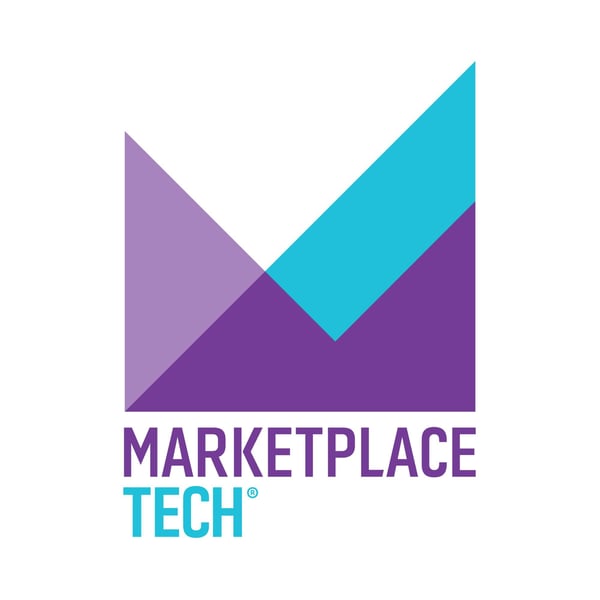The pandemic made teachers learn to love tech
Marketplace Tech
American Public Media
4.6 • 1.2K Ratings
🗓️ 12 March 2025
⏱️ 7 minutes
🧾️ Download transcript
Summary
In the spring of 2020, 77% of American public schools moved to online distance learning when the pandemic hit, according to data from the U.S. Department of Education. Prior to the pandemic, you could say that schools were trickling into the digital age. Then, when COVID changed everything, they were basically tossed into it. Some educators adapted quickly, like Bebi Davis, who was working as a vice principal in Honolulu at the time. She’s now principal of Princess Victoria Kaiulani Elementary. Going totally virtual, she said, meant introducing an onslaught of technology — videoconferencing, classroom management software and messaging systems. Marketplace’s Stephanie Hughes asked Davis about the school system’s experience adopting so much tech all at once.
Transcript
Click on a timestamp to play from that location
| 0:00.0 | Five years ago, when the pandemic started, most schools went totally digital. We look at the lasting impacts. |
| 0:08.0 | For American Public Media, this is Marketplace Tech. I'm Stephanie Hughes. |
| 0:20.6 | In spring 2020, 77% of American public schools moved to online distance learning when the pandemic hit. |
| 0:28.0 | That's according to data from the U.S. Department of Education. |
| 0:31.1 | Prior to the pandemic, you could say that schools were trickling into the digital age. |
| 0:35.3 | Then, when COVID hit, they basically got tossed into it. |
| 0:38.7 | Some educators adapted quickly, like Bibi Davis. She was working as a vice principal in the school |
| 0:44.0 | district in Honolulu, Hawaii at the time. She's now a principal. She says going totally virtual |
| 0:49.5 | meant introducing an onslaught of technology, video conferencing, classroom management software, |
| 0:55.2 | messaging systems. I asked her how it felt to adopt all this tech at once. |
| 1:00.8 | I'm a techie person. I was a robotics, physics, chemistry teachers. And for me, personally, |
| 1:07.0 | it was, I think the hectic part was getting everybody on board. |
| 1:11.4 | And then when you look at equity, a lot of folks didn't have connectivity. |
| 1:15.3 | So we had to collect a lot of data. |
| 1:17.3 | While we were collecting COVID data on who was getting sick or who wasn't because we had to track, |
| 1:24.5 | we also had to start collecting data on who were connected and who wasn't connected, |
| 1:29.9 | making sure all the kids had a device who's still having struggle with it and how we can |
| 1:35.5 | best support them, even having, making sure somebody was always there, the new tech, |
| 1:41.1 | in case a parent walk in for help with their device. Because, you know, tech is really good, |
| 1:46.8 | but I mean, tech doesn't always cooperate with us, right? So this all happened five years ago. |
| 1:52.7 | What technology has stuck around, you know, in the district? Well, I think we've gotten a very |
| 1:59.0 | comfortable one-to-one. It's the expectation now. |
... |
Transcript will be available on the free plan in -16 days. Upgrade to see the full transcript now.
Disclaimer: The podcast and artwork embedded on this page are from American Public Media, and are the property of its owner and not affiliated with or endorsed by Tapesearch.
Generated transcripts are the property of American Public Media and are distributed freely under the Fair Use doctrine. Transcripts generated by Tapesearch are not guaranteed to be accurate.
Copyright © Tapesearch 2025.

